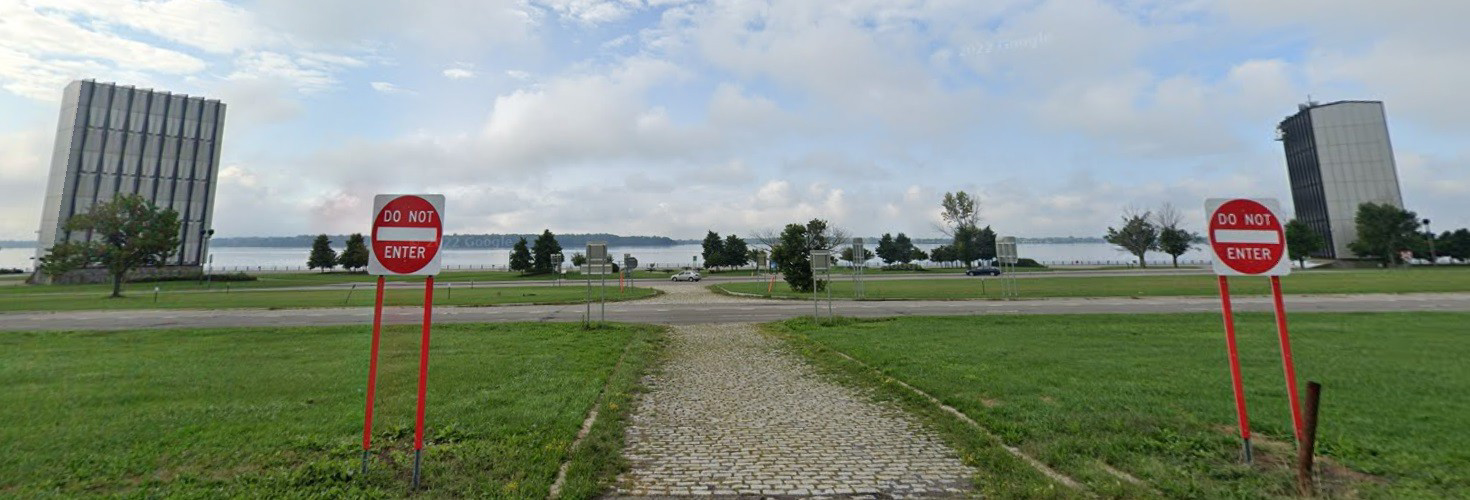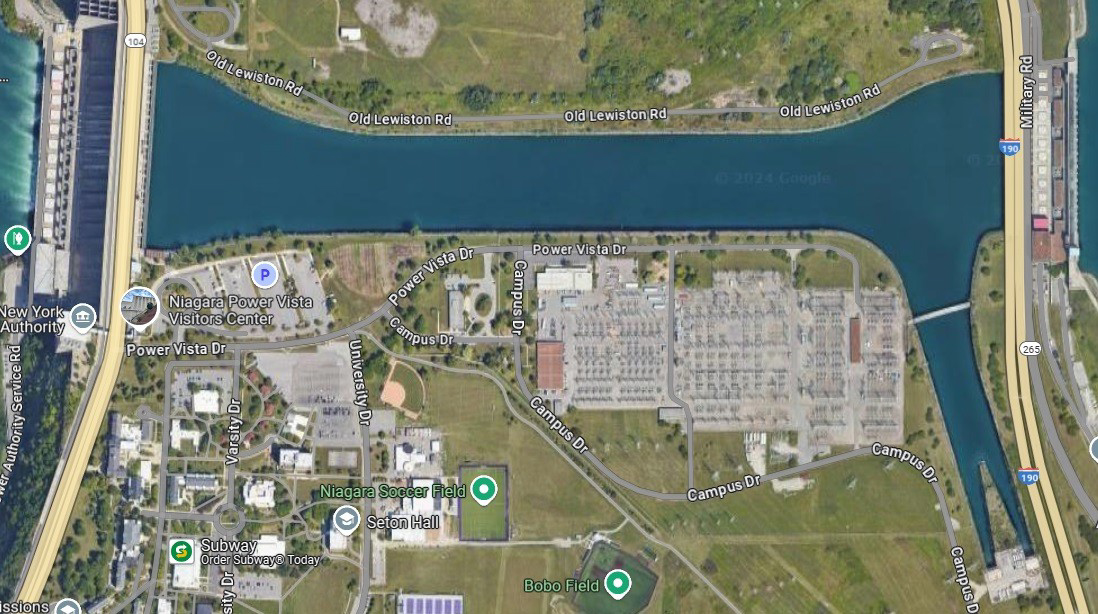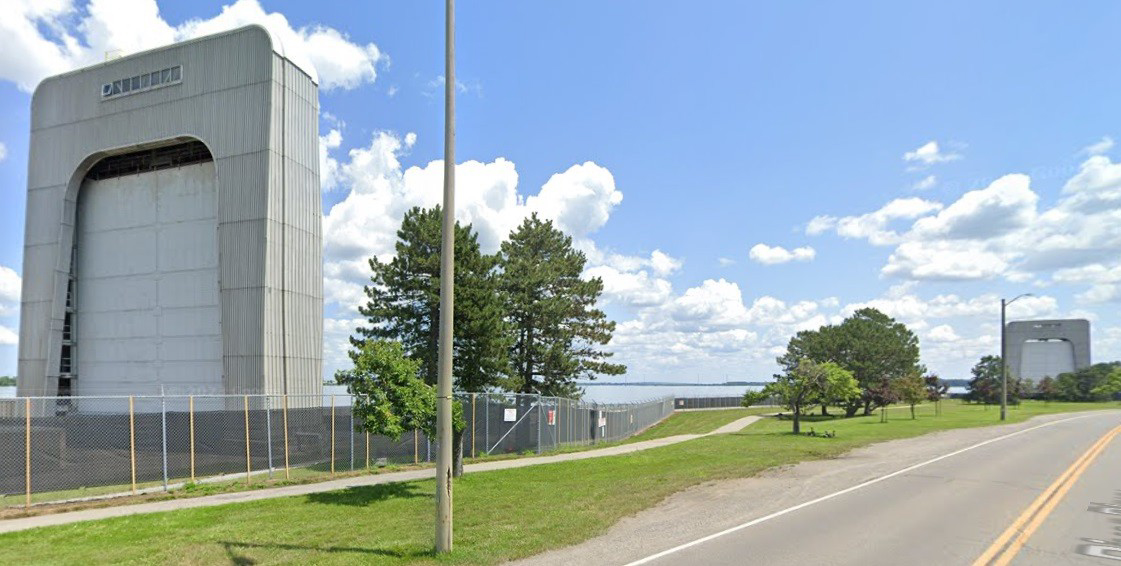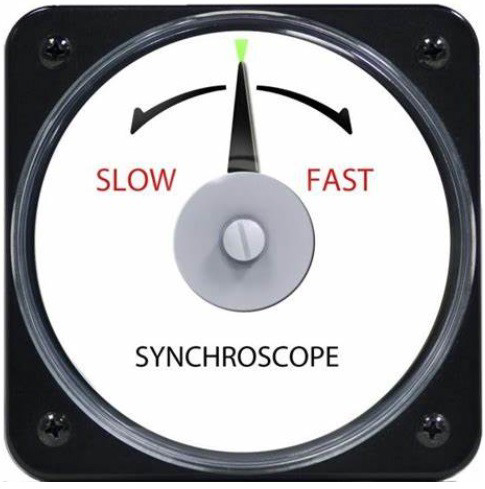Introduction and Misc
Purpose and Scope
At the age of 80 years old, I am probably one of the last of the sons of the old timers and perhaps the only one with a strong background in Electrical and Electronic Engineering. When I am gone, must of my knowledge would otherwise be lost forever, if it were not documented in this series of articles. Therefore, these articles are my attempt to preserve this information, some of which is either not documented elsewhere or may not even be known to others.
The scope of this set of articles is intentionally limited to general information and the power plants on the U.S. side of the Niagara River. For the Canadian power plants, I recommend the articles written by Prof. Mark Csele and posted on his web site, “markcsele.ca”.
About the Author
I born and raised in the U.S., the son of a father who worked for the Niagara Mohawk Power Corporation, and had access to a lot of insider information on the power plants in the U.S.. My Father operated the generators at the Schoellkopf plant until just before I turned 12 years old and then was responsible for the entire distribution system in the Niagara Falls, NY region, until his retirement. From my earliest memories, he would take me into his workplaces and explain the jobs he did and the equipment he was responsible to operate. He would tell me the stories that were passed down among the employees and, without his knowledge, I studied his correspondence course material on power engineering at the age of 16.
Being this close to the action, I witnessed and watched my Father document the collapse of the
Schoellkopf Generation Plant on June 7, 1956. I lived through the disruption during the construction of
the Robert Moses Power Plant, which came on line in my senior hear of high school. Just before
graduation, my Father arranged a private tour unto the depths of the new power plant, taking us into an
idle generator (I’ve lived in smaller spaces.) and standing between a running turbine and its generator,
which was totally silent.)
Power Plant Names
Several of the older power plants have been renamed over the years. In this set of articles, I use the
names that I grew up knowing them by. In the order of their location along the river, they are the
following:
- John Dead Adams located about 1.25 miles (2 Km) up-river in the U.S.
- Toronto Power, located above the Horseshoe Falls in Canada.
- John Birch Rankin (now a museum), located at the brink of the Horseshoe Falls in Canada. *
- Ontario Power, located below the Horseshoe Falls in Canada
- Schoellkopf 3-C, 3-B, and 3-A, located just down-river from the Rainbow Bridge in the U.S.
- Robert Moses, located down-river at Lewiston Heights in the U.S.
- Sir Adam Beck #1 and #2 located down-river at Queenston in Canada. *
- * indicates facilities described by Prof. Mark Csele on his web site, markcsele.ca.
Canadian Power Plants
Having been born and raised in the U.S., the son of a father who worked for the Niagara Mohawk Power Corporation, I had access to a lot of insider information on the power plants in the U.S.. My Father operated the generators at the Schoellkopf plant until just before I turned 12 years old and then was responsible for the entire distribution system in the Niagara Falls, NY region, until his retirement.
Unfortunately, I know very little about the power plants on the Canadian side of the river and would not presume to write about them with any authority. However, there is an expert on the Canadian power plants, who has written outstanding articles on several of those facilities. He is Mark Csele, a retired professor from Brock University in Saint Catherines, Ontario. Therefore, I highly recommend that you read his articles, under the “History” tab on his web site, “markcsele.ca”.
Note: John Birch Rankin
The John Birch Rankin, located just above the brink of the Horseshoe Falls and next to the bus station, is the last surviving example of the Deep Pit Design (See the Definitions article.). It was given, in tact, to the Niagara Parks Commission and turned into a self-guided museum. You can even descend to the turbine level and the discharge tunnel below that, coming out next to the base of the Horseshoe Falls. It is well worth a visit. The other two deep pit plants no longer exist. John Dean Adams Power Houses #1 and #2 were destroyed in the 1960s. The magnificent Toronto Power building still exists and appears to be in the process of being turned into a luxury hotel.
FAQs
For lack of any other place among this collection of articles, I am including some frequently asked questions and their answers here.
How do they generate power from this, pointing to the Rainbow Falls?
I was asked this questions during one of my unofficial, on-the-spot mini-tours at Niagara Falls. Here is my answer. They don’t. The energy of the water over the falls is wasted, but this is only half of the water flowing in the river. The other half of the water is diverted, above the falls, from the river to the power plants down river. The water that generates power does not go over the falls.
Why are the Modern Power Plants Located So Far From the Falls?
This is one of the most common questions asked when I would give unofficial, on-the-spot mini-tours at Niagara Falls. The reason for the modern power plants’ locations, although, not obvious at first, is very simple.
In the “Terminology” article, I define “Head” as the distance between the water source at the top and the turbine at the bottom. The amount of energy that can be extracted from any given volume of water is directly proportional to the head. Any elevation change below the turbine is wasted.
First, consider the John Dean Adams power plant built in 1895 by Tesla, Steinmetz, Westinghouse, and several other notaries. I was built 1.25 miles (2 Km) up-river from the Falls. As a result its discharge tunnel required the sacrifice of about 80 ft, (2.6 m) of elevation to insure a proper slope of the tunnel. Therefore, the head of the John Dean Adams power plant was only 140 ft (43 m), which made this power plant very inefficient. (This the reason that John Dean Adams was shutdown in 1924 and its water allocation given to Schoellkopf 3-C.)
The next generation of power plants were built at or near the Falls, thereby either shortening or eliminating the need for a discharge tunnel. As a result much or all of the 80 feet sacrificed by the tunnel of the earlier design can now be moved from below to above the turbine. The head of those power plants was approximately 200 +/- 10 ft. (Schoellkopf had a head of 210 ft (64.7 m). This is 1.5 times that of the John Dean Adams power plant.
Taking this one step further, the lower Niagara River is mostly rapids from the Rainbow Bridge down to Niagara University. The river itself drops another approximately 80 ft, (25 m), due to the rapids. Therefore, by building the modern power plants past the end of the rapids, that is another 80 feet that can now be moved from below to above the turbine. The head of the Robert Moses Power Plant is 315 ft (97 m). This is 2.25 times that of the John Dean Adams power plant and 1.5 times that of the power plants near the Falls.
Obviously, the modern power plants must be located before the Niagara Escarpment, where the land at
the top drops off dramatically. Therefore, there is only a very short section of the Niagara River where
maximum head and maximum efficiency can be achieved. This is:
- After the end of the rapids and North of Niagara University and
- Before and South of the Lewiston-Queenston International Bridge and Niagara Escarpment.
What are the large structures on the river bank, along the parkway?
There are two large structures on each side of the river. They are gate valves at the water intake
entrances for the modern power plants.


Robert Moses Intakes and Forebay
The intakes for the Robert Moses Power Plant on the U.S. side of the river reside along the Robert Moses Parkway. They don’t actually lean, as the photograph would lead you to believe. There are two large conduits that cross the city of Niagara Falls, NY from the intake structures, actually gate valves, to the end of the Robert Moses forebay nearest the Tuscarora Pump Generating Station.

Sir Adam Beck Intakes
Similarly, the intakes of the Canada’s Sir Adam Beck power plant reside along the Niagara River Parkway, just up-river from the International Control Structure. Because of the open construction of the intake structures, the actual gate of the valve is clearly visible. There are two large tunnel beneath the city of Niagara Falls, Ont. from the intake structures to the Sir Adam Beck forebay. These tunnels are significantly longer than the conduits on the U.S. side, because Canada lies on the outer side of the bend in the river and the tunnels must loop around that bend.
Can I visit any of the power plants?
The John Birch Rankin museum, mentioned above, would be the foremost facility to tour, while on the Canadian side of the river.
The Power Vista at the Robert Moses Power Plant would be the foremost facility to visit, while on the U.S. side of the river. It contains one floor of displays for children and one floor of displays for adults. The adult floor has a scale model of the facility and a great collection of historical photos. It also provides a great view of the Sir Adam Beck facilities across the river.
The ruins of the Schoellkopf Power Plant on the U.S. side of the river can be accessed by a free elevator from Main Street in Niagara Falls to the bottom. All that remains is the floor and tail-races of Schoellkopf 3-A. Schoellkopf 3-B and 3-C were completely destroyed by the 1956 collapse. There is a display of photos at the bottom.
Due to the amount of disinformation on the Internet, some may wish to visit the John Dean Adams facility on the U.S. side of the river at Buffalo Avenue and 15th Street. Don’t bother. Power Houses #1 and #2, which contained the generators were gutted around 1940 and destroyed in the 1960s. The only remaining building, called The Transformer House, never contained or could have contained generators. It was repurposed sometime around 1940 to house other equipment and is now used as a warehouse for winter storage of RVs and boats. See my article on the actual closing date of the Adams facility for photos and more information.
What is the bridge to nowhere?
This is answered more completely in the article on Water and Ice Management. Briefly, this is not a bridge, but a control structure involved in the management of water diversion to the power plants, in accordance with the international treaty between Canada and the U.S.
Are there any generating plants still operating in Niagara Falls?
No. The modern power plants are Robert Moses, located down-river at Lewiston Heights in the U.S.
and Sir Adam Beck #1 and #2 located down-river at Queenston, Ontario, Canada.
Did any generating plants in Niagara Falls generate 60 Hz electricity?
Yes. Only Schoellkopf 3-A generated 60 Hz electricity. All other plants in Niagara Falls, on either side of the river, generated only 25 Hz electricity. There were also “frequency changers” at John Dean Adams and Sir Adam Beck, which converted 60 Hz electricity to 25 Hz. As of 2008, there is no longer any 25 Hz electricity in the region.
What are the longest and shortest running power plants at Niagara Falls?
Longest
Although not on the Niagara River, the longest running power plant in the region is Decew #1 in St. Catharines, Ont., 1896 to the present. It gets its water from the Welland River.
The longest running power plant on the Niagara River is John Birch Rankin, now a museum, 1905 to 2005 or 2008 (100+ years).
Sir Adam Beck #1 is a close second.
Shortest
Contrary to what you will read on the Internet, John Dean Adams ran only from 1895 to 1924 (29 years), due to its low efficiency.
Adams’ replacement, Schoellkopf 3-C, comes in second, and ran from 1924 until its collapse in 1956 (32 years).
What is a “bus?”
A bus is defined here, as it is used in the answer to the following question. In a power plant or substation, all generators, incoming power lines, and outgoing power lines are connected to a common bus. For a three-phase system, the bus is usually a set of three large, pipe-like conductors. Each device or power line is individually connected via a switch / circuit-breaker. In a generating plant, all generators would connect to this common bus, as would the outgoing power lines.
What is the clock-like thing with no numbers and only one hand?
Anyone who has seen the control room of a generating plant will have seen this device. It is called a Synchroscope. It is essentially a selsyn motor, with two inputs, one connected to the facilities bus and the other connected to a generator. There is a very good description of it and its many forms on Wikipedia. See: https://en.wikipedia.org/wiki/Synchroscope. A simple explanation of its use in a generating facility is given here.
In the process of preparing to put a generator on line, the operator adjusts the speed to about the correct value and adjusts the excitation to produce the output voltage that matches the facility’s bus. For a hydro plant, the speed is adjusted by adjusting the amount of water supplied to the turbine. At this point, the operator connects the synchroscope to that generator, to make the final speed adjustments.
If the generator is rotating too fast, the hand on the synchroscope will rotate in the clockwise direction. If the generator is rotating too slowly, the hand on the synchroscope will rotate in the counter-clockwise direction. When the generator is in sync with the bus, the hand will be at the top, as shown in the picture. If the hand is at the bottom, the generator and bus are 180 degrees out of sync, the worst time to close the switch. The goal is to adjust the speed so that the hand is rotating VERY slowly in the clockwise direction. The operator knows how long it takes for the switch to close and estimates when to initiate closure, so that the generator is connected to the bus when perfectly in sync. The synchroscope can now be disconnected from that generator, which idling and not producing power.
Once the generator is on line, the output is increased by increasing the amount of water into the turbine and increasing the excitation, is a coordinated fashion.

Synchroscope

